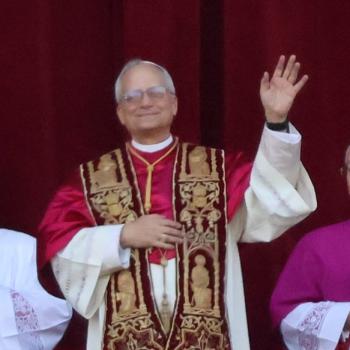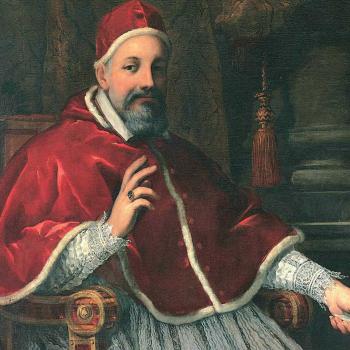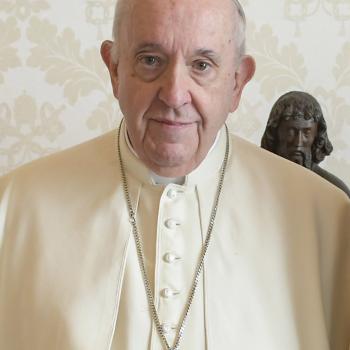I recently described the problem of finding useful novels that could be used to teach on American religion, and particularly evangelicalism. As I remarked, some books are wonderful as sources, but they are anything but friendly to evangelical Christianity. As a case in point, I cite Harold Frederic’s The Damnation of Theron Ware (1896), which a number of respondents to my original post suggested. This is a superb novel that is a treasure trove for many aspects of American religious life in that era, although I am often surprised to find people deeply interested in American history who have never heard of it. Through the 1920s, it was commonly regarded as one of the great American novels, and (unusually for the time) it greatly impressed a Transatlantic readership.
At the risk of stating the obvious, let me summarize it quickly. Theron Ware is a young Methodist minister who has been trained in a deeply conservative tradition highly suspicious of secular learning, and with a strong preference for Old Time hellfire preaching. When he arrives at a new position in a town in New York state (roughly, Utica), he is shocked to find himself mixing with an unexpectedly friendly circle of educated and worldly people, including a genial and cultured Irish Catholic priest, an atheist doctor, and a witty young Catholic woman.
Much of the book involves their conversations on the issues of the day, including Biblical criticism. This was of course a fiercely controversial issue at the time, at the start of the American war between modernists and fundamentalists. This struggle is sometimes taken to have begun with the 1893 heresy trial of Presbyterian leader Charles A. Briggs. Applying the new critical scientific scholarship, Briggs declared that “in every department of Biblical study we come across error . . . reason is a fountain of divine authority no less savingly enlightening than the Bible and the Church.” (Suspended by the Presbyterians, he was later ordained in the Episcopal Church). American feminist Bible criticism dates from these same years, with Elizabeth Cady Stanton’s Woman’s Bible (1895-98). In one memorable scene in Frederic’s novel, Ware is delighted to hear the doctor and priest talk of the amazing new archaeological discoveries in the Middle East, and he asks whether they cast any new light on the life of the Biblical Abraham. His two friends stare at each other in astonishment that anyone in this advanced year of 1896 could be so uninformed as to believe in the literal existence of Abraham. The priest speaks casually of “the Christ-myth.”
Every page of the conversations in Theron Ware clamors for discussion in any modern seminar on the history of American religion. Particularly striking is Ware’s vision of a liberal inclusive Catholicism as the nation’s likely religious future. This is all the more remarkable when we realize Ware’s previously engrained hostility to Catholicism, in a passage I often use to illustrate the complex roots of anti-Catholic ideology. Ware examines the looming tableau forming in his mind:
“The foundations upon which its dark bulk reared itself were ignorance, squalor, brutality and vice. Pigs wallowed in the mire before its base, and burrowing into this base were a myriad of narrow doors, each bearing the hateful sign of a saloon, and giving forth from its recesses of night the sounds of screams and curses. Above were sculptured rows of lowering, ape-like faces from Nast’s and Keppler’s cartoons, and out of these sprang into the vague upper gloom—on the one side, lamp-posts from which Negroes hung by the neck, and on the other gibbets for dynamiters and Molly Maguires, and between the two glowed a spectral picture of some black-robed, tonsured men, with leering satanic masks, making a bonfire of the Bible in the public schools.”
This vision encapsulates the mingled themes of ethnic, class, and race prejudice plus anti-urbanism, all united through evocative religious symbols. Again, it speaks to strictly contemporary political and social concerns. This was also the era of the stridently anti-Catholic American Protective Association, a hugely powerful quasi-Masonic political movement that aimed to safeguard the nation against a Catholic takeover. Although largely forgotten today, the APA closely foreshadowed the Ku Klux Klan of the 1920s, and like it, it decided electoral politics in several states.
As I said, though, The Damnation of Theron Ware offers little consolation to evangelicals. If Ware is liberated from his bigotry, he also loses his faith and his moral bearings in the process, and suffers a psychic collapse, his “damnation.” The book ends with him contemplating a new non-clerical career as a political demagogue, in a vision that eerily foreshadows twentieth century fascism.
All in all, an incredibly rich source for class discussion – and a woefully under-appreciated American classic. You can download the book here.












